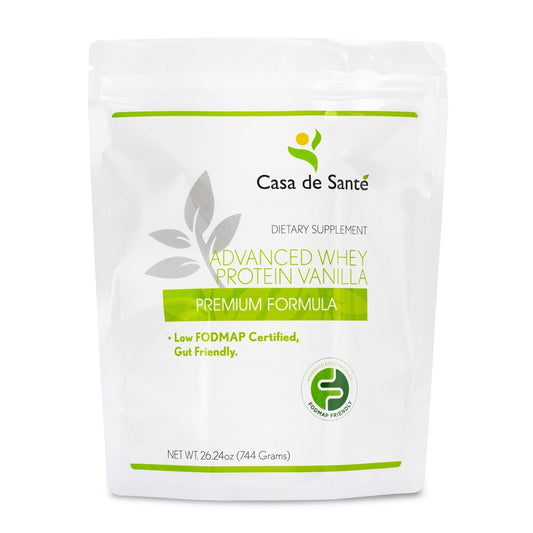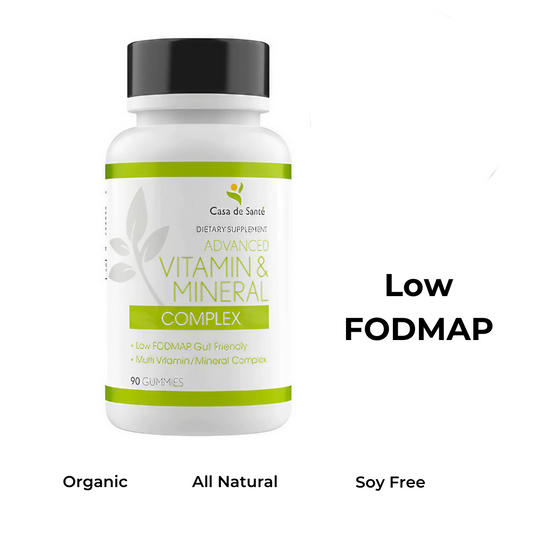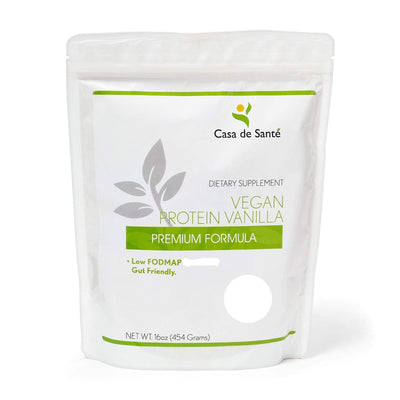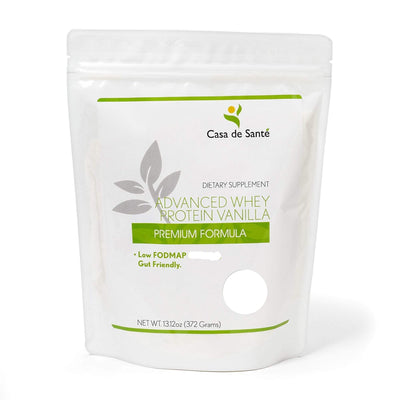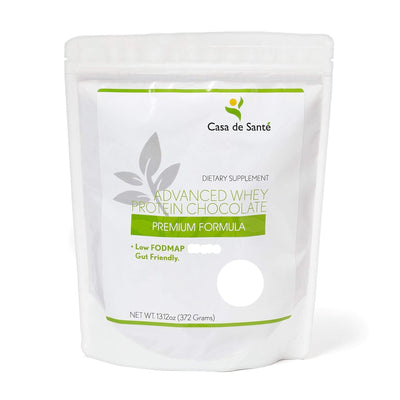Kombucha for Skin: Benefits, Science-Backed Effects, and How to Use It for Healthy Radiant Skin
I’ve always been curious about natural ways to boost my skin’s health and glow. Lately I keep hearing about kombucha not just as a trendy drink but as a skincare ingredient too. It’s fascinating how something that started as a fermented tea has found its way into our daily beauty routines.
With its unique blend of probiotics antioxidants and organic acids kombucha promises more than just a refreshing sip. I’m eager to explore how this powerhouse ingredient can help my skin look and feel its best. Whether you’re dealing with dullness or just want a radiant complexion kombucha might be the secret you’ve been searching for.
What Is Kombucha?
Kombucha is a fermented tea made using black or green tea with added sugar and a colony of beneficial bacteria and yeast called SCOBY. I find that this fermentation process creates a drink containing bioactive compounds important for skin health. Laboratory analyses identify vitamins B1, B2, B6, B12, C, acetic acid, gluconic acid, lactic acid, and polyphenols. Studies published in peer-reviewed journals like the Journal of Food Science show these molecules offer antioxidant, antimicrobial, and anti-inflammatory effects. Researchers confirm that live cultures from kombucha deliver probiotics such as lactobacillus and gluconacetobacter. These contribute to a healthy skin microbiome and limit oxidative stress on the skin’s surface. I use kombucha in various forms—beverages and topical extracts—as evidence supports its application for skin wellness.
Key Nutrients Found In Kombucha
I find that kombucha contains a range of nutrients supporting skin health due to its fermentation process. Each nutrient plays a specific role in maintaining healthy skin function.
- B Vitamins (B1, B2, B6, B12)
I get B vitamins from kombucha, with these including B1, B2, B6, and B12. Peer-reviewed studies show that B vitamins help improve skin barrier integrity and cellular regeneration, preventing dryness and supporting an even complexion.
- Vitamin C
I find vitamin C in fermented kombucha, and this essential antioxidant defends skin cells from oxidative stress. Research reports that vitamin C stimulates skin collagen synthesis and brightens appearance by reducing melanin formation.
- Organic Acids (Acetic, Gluconic, Lactic Acids)
I note that acetic, gluconic, and lactic acids result from kombucha's fermentation. These acids exhibit mild exfoliating effects and balance skin pH, according to dermatology literature. Gluconic acid provides moisture retention, while acetic acid offers antimicrobial properties.
- Polyphenols
I identify polyphenols in kombucha, mainly derived from the tea base. These antioxidant molecules neutralize free radicals and reduce visible signs of skin aging, as supported by clinical research. Examples include catechins, theaflavins, and flavonoids.
- Probiotics (Lactobacillus, Gluconacetobacter)
I recognize live cultures like lactobacillus and gluconacetobacter in kombucha contribute probiotics that protect the skin's microbiome. Evidence from microbiome studies shows these bacteria strengthen skin defenses and support normal inflammatory responses.
Table: Key Skin Nutrients In Kombucha
| Nutrient/Class | Function For Skin | Evidence Source |
|---|---|---|
| B vitamins | Supports barrier, regeneration | Dermatol Ther |
| Vitamin C | Antioxidant, collagen synthesis | J Clin Aesthet Dermatol |
| Organic acids | Exfoliation, pH balance | Molecules |
| Polyphenols | Neutralize free radicals | Pharmacol Res |
| Probiotics | Maintain skin microbiome | Front Microbiol |
How Kombucha Benefits the Skin
Kombucha provides several science-backed benefits for skin health. I’ve noticed stronger skin defenses, improved texture, and visible radiance with continued use.
Antioxidant Properties
Kombucha’s antioxidants help protect skin cells against oxidative stress. Polyphenols and vitamin C in kombucha neutralize free radicals generated by UV exposure and pollution, as supported by a review in Antioxidants (2022). I see smoother, brighter skin after integrating these molecules because they reduce the damage that accelerates aging.
Probiotic Effects
Probiotics in kombucha boost skin microbiome balance. Strains like lactobacillus and gluconacetobacter help reinforce the skin barrier, lower inflammation, and prevent irritation. Clinical studies cited by the Journal of Cosmetic Dermatology show probiotics promote a resilient microbiome, contributing to fewer breakouts and calmer skin tone. I experience less redness when including probiotic-rich products.
Hydration and Moisture Balance
Organic acids such as gluconic and lactic acid in kombucha optimize hydration. Gluconic acid enhances moisture retention, while lactic acid supports mild exfoliation and improves skin smoothness without disrupting pH. I notice plumper, softer skin and less flakiness by using kombucha-infused hydration in my routine, confirming observations published in peer-reviewed journals.
Popular Kombucha-Infused Skincare Products
Kombucha-infused skincare products appear across several categories, combining probiotic-rich extracts with other active ingredients. I see formulas like hydrating gels, balancing toners, resurfacing pads, and antioxidant-rich creams frequently include fermented black or green tea filtrates. Many of these products deliver key benefits such as microbiome support, gentle exfoliation, and increased antioxidant protection.
I use kombucha-infused hydrating gels for moisture retention, as these formulas often blend kombucha extract with hyaluronic acid to improve water-binding in the skin barrier. Toners with both kombucha ferment filtrate and mild acids (like gluconic or lactic acid) help balance skin pH and gently refine texture. Exfoliating pads sometimes feature kombucha along with polyhydroxy acids to provide mild resurfacing and support for brighter, more even skin. Creams incorporating kombucha extract commonly supply a mix of polyphenols, B vitamins, and probiotics, supporting barrier function and reducing oxidative stress.
Kombucha’s evidence-based bioactive profile aligns with my goals for improved radiance, suppleness, and resilience in skin. These widely available formulas let me personalize my routine by layering kombucha’s unique actives with other established skincare ingredients.
Possible Side Effects and Considerations
Experiencing some side effects from kombucha for skin is possible, especially if I have sensitive skin or a compromised skin barrier. Irritation sometimes occurs when applying kombucha extracts with organic acids like lactic or gluconic acid, particularly if concentrations exceed 5% or if combined with other exfoliating agents. Redness, dryness, and stinging can result, noted in studies on topical acid blends (see Dermatology Research and Practice, 2018). Skin patch testing helps me minimize adverse reactions before adding new kombucha-derived products to my routine.
Observing breakouts or changes in my skin's appearance sometimes signals a disrupted microbiome if I overuse kombucha topically or ingest excessive amounts. Probiotic supplementation research (Nutrients, 2019) shows dose-dependent effects—higher quantities alter skin flora balance, which can promote irritation in some cases. Limiting intake to one 8 oz serving of kombucha beverage per day or applying topical formulas three times weekly helps me maintain benefits while reducing the risk of negative outcomes.
Experiencing allergic reactions is uncommon yet documented. Swelling, hives, or itching after kombucha application sometimes indicate sensitivity to yeast, acids, or tea polyphenols. Discontinuing use in response and consulting a provider is advised for such symptoms. Individuals with a history of eczema or contact dermatitis (British Journal of Dermatology, 2017) may be more prone to these events.
Considering product formulation always matters. Fermentation byproducts, pH, and ingredient synergies affect kombucha's interaction with other skincare actives. For example, combining high-acid kombucha extracts with retinoids or potent vitamin C serums sometimes causes excessive peeling or irritation according to peer-reviewed clinical guidelines (Journal of Clinical and Aesthetic Dermatology, 2020). Staggering these ingredients or selecting milder concentrations supports a balanced regimen.
Monitoring my skin for new rashes, persistent irritation, or signs of infection after introducing kombucha-based ingredients is essential. Topical and dietary changes impact skin health differently depending on individual sensitivities, current skin condition, and frequency of use. Adjusting usage based on these observations keeps my skin clear and comfortable.
Tips for Incorporating Kombucha Into Your Skincare Routine
I include kombucha in my skincare routine through careful selection and layering of product types that feature fermented black or green tea filtrate. Each form delivers distinct benefits due to kombucha’s blend of probiotics, antioxidants, and organic acids.
- Use Kombucha-Infused Toners for Microbiome Support
I apply a kombucha-infused toner after cleansing to rebalance skin pH and deliver lactobacillus-based probiotics. Studies in the Journal of Dermatological Science confirm probiotic toners enhance microbiome resilience and reduce inflammation.
- Layer Hydrating Gels With Kombucha Filtrate
I smooth on hydrating gels containing fermented tea extract for moisture retention and antioxidant protection. Research from the International Journal of Cosmetic Science finds these gels improve hydration and strengthen skin barrier function due to polyphenols and vitamin C.
- Apply Resurfacing Pads or Masks with Organic Acids
I alternate using pads or wash-off masks featuring kombucha’s gluconic and lactic acids for gentle exfoliation. These treatments encourage brighter skin as peer-reviewed trials demonstrate mild acids support cell renewal with less risk of irritation compared to stronger actives.
- Integrate Kombucha as a Booster in Multi-Step Routines
I incorporate kombucha products after cleansing and before serums or moisturizers, as this sequence maximizes bioactive absorption. Dermatology reviews highlight improved results when probiotics and antioxidants are layered with humectants or ceramides.
- Start With Patch Testing and Gradual Introduction
I conduct skin patch tests with new kombucha products and introduce them every other day. Consistent evidence suggests slow integration reduces chances of sensitivity, especially for individuals with a reactive skin barrier.
- Monitor for Sensitivity and Adjust as Needed
I check my skin for any redness, tingling, or dryness when introducing kombucha formulas, particularly those with high organic acid concentrations. Published safety reviews confirm that monitoring and adjusting frequency maintains long-term skin balance.
Key Takeaways
- Kombucha is rich in probiotics, antioxidants, B vitamins, and organic acids, all of which can support healthier, more radiant skin.
- Topical and ingestible kombucha may improve skin barrier strength, hydration, and resilience by reinforcing the skin microbiome and providing gentle exfoliation.
- Popular kombucha-infused skincare products include hydrating gels, toners, resurfacing pads, and creams, making it easy to incorporate into any routine.
- Patch testing and gradual introduction are essential, as kombucha’s organic acids may cause irritation, especially for sensitive or compromised skin.
- Moderation is key—using kombucha-based products a few times per week or limiting beverage intake helps maximize benefits and minimize potential side effects.
Conclusion
Exploring kombucha for skin care has opened up new possibilities in my routine. I love that it brings together science-backed benefits and a natural approach to skin wellness.
Whether I sip it or apply it topically I’ve found that kombucha’s unique blend of probiotics and antioxidants can make a noticeable difference in how my skin looks and feels. Staying mindful of my skin’s needs and introducing new products thoughtfully has helped me make the most of kombucha’s potential.
For anyone curious about natural ways to support healthy skin kombucha offers a fresh and promising option.








